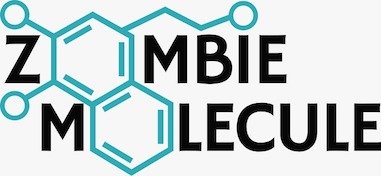
COMMUNICATING CONNECTED MEDICAL DEVICE
EXPERIENCES IN VR
LIVE
CHALLENGE
A antenna research consultancy required the design of a new intervention to increase the use of their wave measuring technology.
New clients could not see the full value-add and capabilities of the consultancies services.
Difficult to find use cases as many had client conflicts connected to them.
Length of Project - 1 month, UX Design effort - 1 week
APPROACH
In-depth interviews with RF engineers, head of wireless and unity developers.
Ethnographic observations of user types and user journeys created.
Using insights in ideation workshops, rapidly prototyping VR experience and co-design of storyboards to articulate the VR experience during implementation planning.
OUTCOME
Developed a portable VR experience with end-users in ideation workshops kept participants focused on user-centred thinking.
Involvement by stakeholders drove buy-in and lead to ‘fun solutioning’ using Google Cardboard to experience Youtube simnulations.
Collaboratively developed implementation plans for a stand at CES that considered and solved potential implementation challenges from multiple stakeholder perspectives.
RESEARCHING THE FACILITY
With a team of three engineers and a client testing their real antenna for a connected medical device I conducted an ethnography study by photographing and documenting current behaviours. A testing chamber was the centre of the experience - called Stargate, where I observed both the client and engineer interactions. During photography and post-experience, I conduced semi-structured interviews to understand the sequence of events and where VR may add-value. I used the insight to create a visual storyboard and a flow map of how the current system worked for the design team.
Storyboarding current chamber experience and user flow of chamber 'Stargate' system
“The thing that strikes you when you first see the stargate chamber is the huge ark of 64 test antennas placed around the connected medical device. This is where we capture the measurements, where a turn table at the centre gives us a full 3-Dimensional plot of the performance of an antenna when in contact with a human.”
IDEATING A VR EXPERIENCE
As we had tight timelines to deliver a working prototype I facilitated a design workshop, where myself, an RF engineer, unity developer and UX design colleagues analysed the research and discussed how a VR story of the Stargate chamber could be experienced in 5 minutes. We created a journey map and used it to discuss the challenges in creating the 3-dimensional plot, and through roleplay of each stage we designed an experience where the user would be completely immersed using the motion controllers to apply gestures.
Journey map of VR experience and roleplaying out the gesture experience
STORYBOARDING TO DEFINE REQUIREMENTS
To guide the team with the new experience and to develop a backlog of prototype requirements, I illustrated a number of storyboards and communicated with the Unity developer what datasets, connected medical devices and gestures would need to be coded. As budget was tight I wore the Product Owner hat and ran a two week developer sprint.
Part of the storyboard for the new experience and discussions with Unity Developer
SHOW AND TELL TO TEST THE EXPERIENCE
After the two week sprint I used the show and tell session as an opportunity to usability test. I wrote a test script and narrated several scenarios in a counter-balanced way to 5 users over 10 minutes drawing out 'wow' moments and frustration points. These points were then planned into a one week sprint where iterations occured prior to shipping.
Testing the design of the VR experience and the environment it would live in
BRING THE EXPERIENCE TO LIFE
To create the illusion of being inside the Stargate chamber we purchased an inflatable igloo, where the unity developer coded the front entrance of igloo as the front door to entering the chamber. Once users placed an Oculus Rift over their head they could open the chamber door, enter it and then spin 360 degrees to see inside. Users then had the option to place devices on the human body and simulate the antenna RF waves coming from them and passing through the human body to understand the use case.
Check out the video to see the final experience users saw in the igloo








